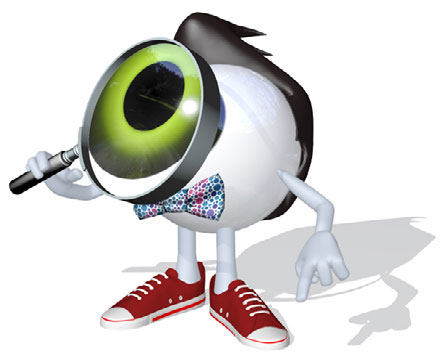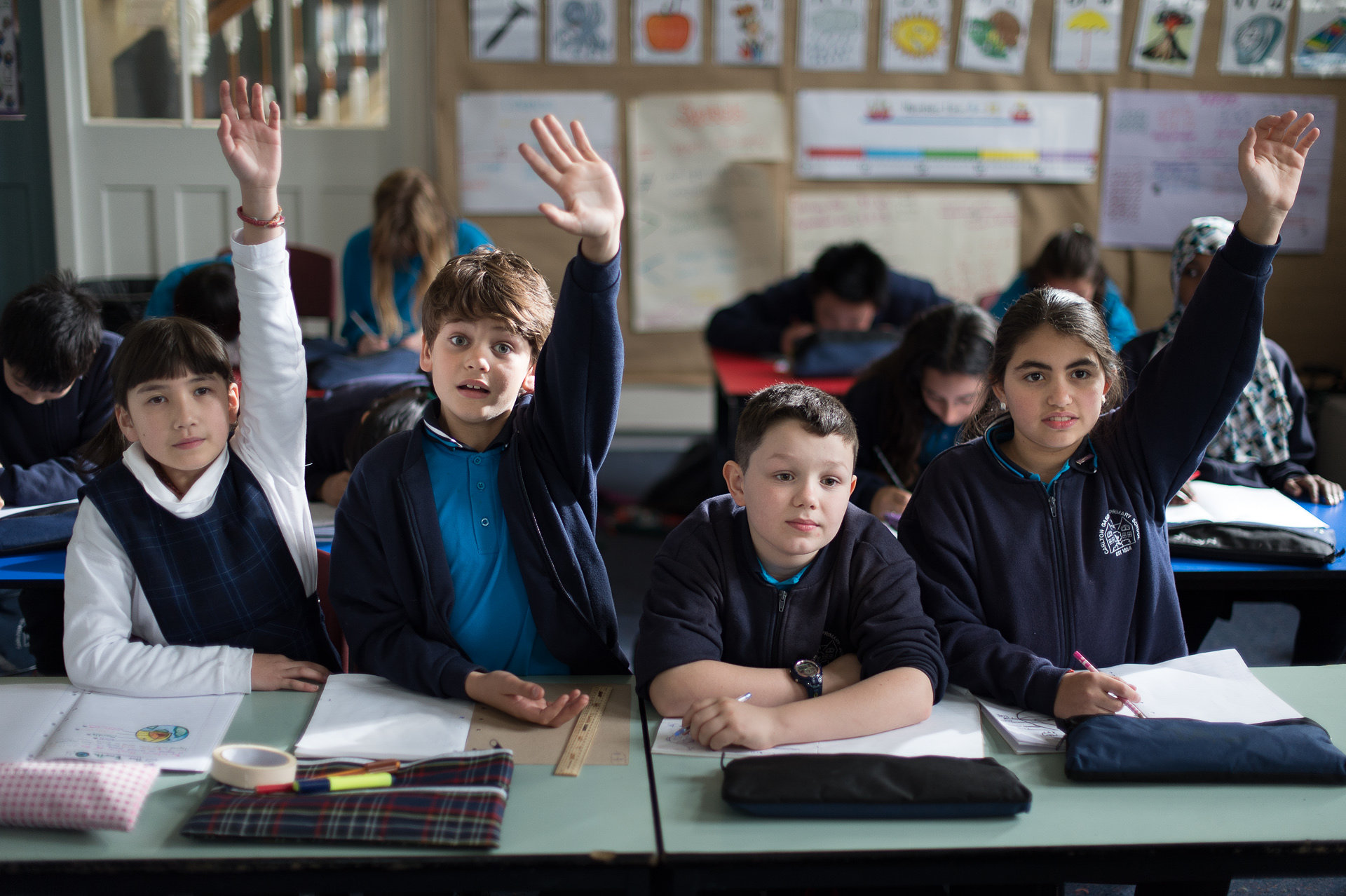Did you know that approximately one in five Australian children suffers from an undetected vision problem?
Teachers are well-positioned to detect possible symptoms of vision problems in children.
Many signs of vision problems are quite obvious, whereas others are harder to identify. Some of the more common signs include:
- One eye turning in or out while the other points straight ahead
- Noticeable tilting or turning of the head when the child is looking at something
- Frequent blinking or rubbing of the eyes
- Red or watery eyes
- Difficulty reading, such as skipping and confusing words, and holding a book very close while reading
- Complaints of headaches and blurred or double vision
- Squinting to see the board, or having difficulty recognising things or people in the distance.
Creating a healthy eye environment at school is important in helping to protect the vision of students. This should include:
- Good and even lighting in the classroom
- Limited computer sessions which include short breaks from looking at the computer for at least five to 10 minutes every hour
- Correctly positioned computer screens (at, or slightly below, eye level with minimal reflections)
- Appropriately sized fonts and appropriate use of colours on computer monitors and whiteboards
- Provision for varied outdoor play during school hours. For optimal eye health, research shows children need to spend time outdoors each day.
We recommend that children have a full eye examination with an optometrist before starting school and then regular visits as they progress through primary and secondary school. Teachers play an important role in this process as they can provide reminders to parents.
We have developed a suite of curriculum-linked lessons ideas and activity sheets written for primary and middle year students on the topic of eye health. You can view, download and share these resources here.






